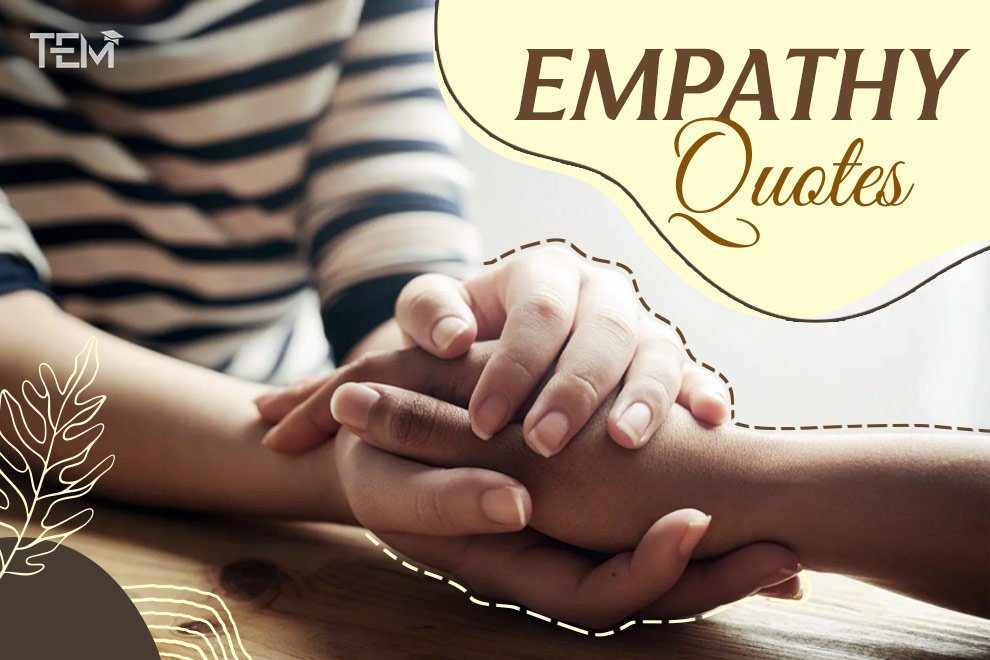As February approaches, so does Black History Month—an opportune time to celebrate the achievements, contributions, and resilience of the Black community. Beyond commemoration, Black History Month provides a unique platform for social justice advocacy. Creating impactful Black History Month PPT during this month can serve as a catalyst for change, raising awareness, and fostering dialogue. In this guide, we will delve into key elements to consider when crafting presentations that go beyond the surface, aiming for a deeper understanding of historical contexts, current challenges, and the collective responsibility to drive social change.
Understanding the Significance of Black History Month:
Black History Month, started by historian Carter G. Woodson in 1926 as “Negro History Week,” has a rich history and importance. Originally a week, it grew into a month-long celebration in 1976. The month of February was selected because it aligns with the birthdays of Abraham Lincoln and Frederick Douglass, who played crucial roles in ending slavery. This month is about recognizing and honoring the achievements and contributions of Black individuals throughout history. Carter G. Woodson initiated this observance to highlight the often overlooked impact of Black people on society. By understanding its roots, we can appreciate the significance of Black History Month and its focus on promoting awareness, education, and equality. It’s a time to reflect on the struggles, victories, and ongoing journey towards justice and equality for all.
Acknowledge the Diversity Within the Black Community:
It’s important to remember that Black history is not all the same – it’s like a big mix of different cultures and experiences. Sometimes, people forget this and think it’s all just one story. But really, there’s a lot of diversity within the Black community. This means there are many different backgrounds, ethnicities, and life stories that make up the whole picture. When we talk about Black history, we should make sure to show this variety. By doing that, we help everyone understand that the Black experience is not just one thing – it’s a collection of many struggles and successes from different parts of the community. Emphasizing this diversity is like shining a light on all the unique and important stories that make up Black history.
Research Thoroughly:
Crafting a thorough and truthful presentation can be a potent tool for supporting a cause. It involves delving into historical records, literature, and firsthand experiences to ensure accuracy. By exploring less widely known stories and events, we can highlight the diverse and intricate tapestry of Black history. It’s crucial to include a range of perspectives to enhance the presentation and correct common misunderstandings. This process not only adds depth but also helps to bring to light the richness and complexity of Black history. By using authentic sources and incorporating various viewpoints, we can create a compelling narrative that educates and dispels misconceptions about this important aspect of our shared heritage.
Themes for Black History Month Presentations:

Resilience and Triumph over Adversity:
Explore stories of Black individuals who have overcome significant challenges, showcasing resilience in the face of adversity. Highlighting figures like Harriet Tubman, Malcolm X, or Maya Angelou can inspire audiences and underscore the strength of the Black community.
Contributions to Arts, Science, and Culture:
Celebrate the immense contributions of Black individuals in various fields, such as art, science, literature, and music. From the Harlem Renaissance to contemporary artists, emphasize the impact of Black creativity on global culture.
Intersectionality:
Acknowledge the intersections of race, gender, and socio-economic factors within the Black community. Explore how these intersections contribute to unique challenges and achievements, fostering a more nuanced understanding of Black experiences.
Engage Your Audience:
A good presentation goes beyond just sharing facts; it grabs the audience’s attention both in their minds and hearts. To make your presentation effective, use things like videos, pictures, and music to create a lively experience for your audience. Don’t just talk—make it a multi-sensory journey! Get the audience involved with Live Q&A sessions, group discussions, or personal stories. These interactive elements help people connect more deeply with your message. So, spice up your presentation with visuals and sounds, and encourage your audience to participate. That way, you’re not just giving information; you’re making a lasting impression.
Address Contemporary Issues:
Understanding past achievements is vital, but addressing current challenges like systemic racism, police brutality, and economic disparities is equally crucial. To make a difference, learn about these issues and take action. Resources like articles, books, and documentaries can provide insights. Engage in conversations to raise awareness, support organizations fighting for change, and vote for leaders committed to justice. Attend community events, join advocacy groups, and volunteer. Small actions collectively contribute to significant change. Together, we can create a more just and equal society.
Promote Ongoing Education and Allyship:
Keep learning about Black history even after Black History Month! Check out books, documentaries, and websites that dive into the rich complexities of Black history and today’s issues. Be an ally by actively supporting, empathizing, and amplifying Black voices. Continuous education helps build understanding and unity. Let’s make learning about Black history a year-round commitment!
Conclusion:
Creating a presentation for Black History Month advocacy means thinking about history, the variety within the Black community, researching well, and using interesting ways to present information. It’s important to talk about both the good things from the past and the challenges people still face today. . Let’s use Black History Month to learn, get involved, and aim for a future where fairness and equality are for everyone.
ALSO READ: Black History Month: Tribute to 5 Famous African American Pioneers Forgotten In History


